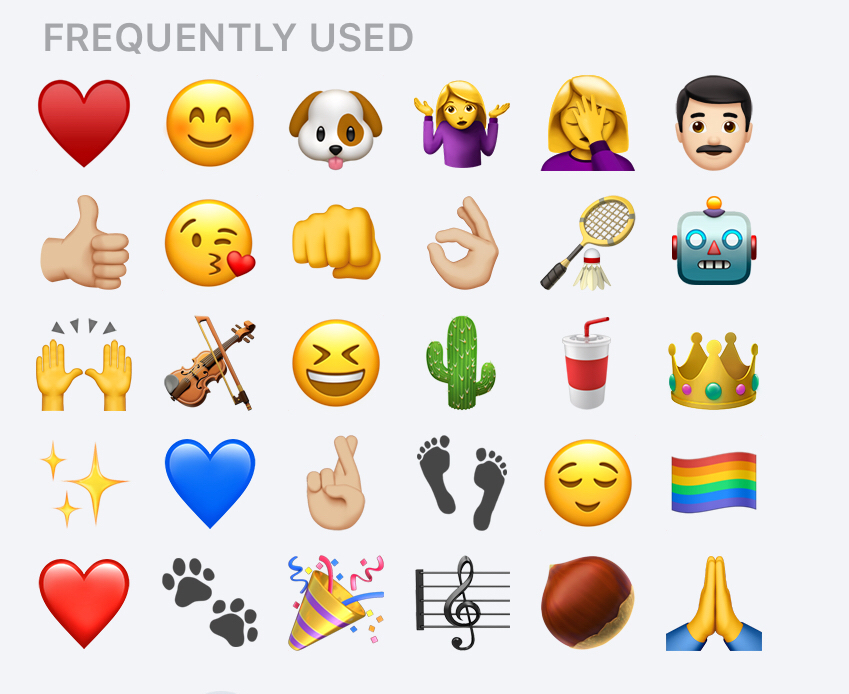You can learn a lot about a person based on the “frequently used” section of their emoji keyboard. By now, emojis have made their way into almost all forms of digital communication. Kids, parents, and grandparents all have at least some context for what they mean and how they’re used. My own “frequently used” section, pictured below, seems pretty accurate, apart from the badminton racket. (I cannot remember ever once using that emoji, because why would I? Yet there it sits, in between the “A-okay” hand sign and the robot head.) Emojis may only seem like whimsical little illustrations, but collectively, they can reveal some interesting cultural trends about digital audiences. Brandwatch just released The Emoji Report, a comprehensive analysis of every emoji published on Twitter over the past two years. Airline brands may want to know that the second-most used emoji consumers direct at them is the red angry face. That’s probably an indication your customer service could use some restructuring.
You can learn a lot about a person based on the “frequently used” section of their emoji keyboard. By now, emojis have made their way into almost all forms of digital communication. Kids, parents, and grandparents all have at least some context for what they mean and how they’re used. My own “frequently used” section, pictured below, seems pretty accurate, apart from the badminton racket. (I cannot remember ever once using that emoji, because why would I? Yet there it sits, in between the “A-okay” hand sign and the robot head.)

Emojis may only seem like whimsical little illustrations, but collectively, they can reveal some interesting cultural trends about digital audiences. Brandwatch just released The Emoji Report, a comprehensive analysis of every emoji published on Twitter over the past two years. While our tweeted emojis may not offer as deep of a psychological insight as the ones we text, they can tell us plenty about the general state of the world. For example, according to the report, the use of negative emojis has increased 9.5 percent over the past two years, with a significant spike coming during the 2016 American election, when…

COMMENTS